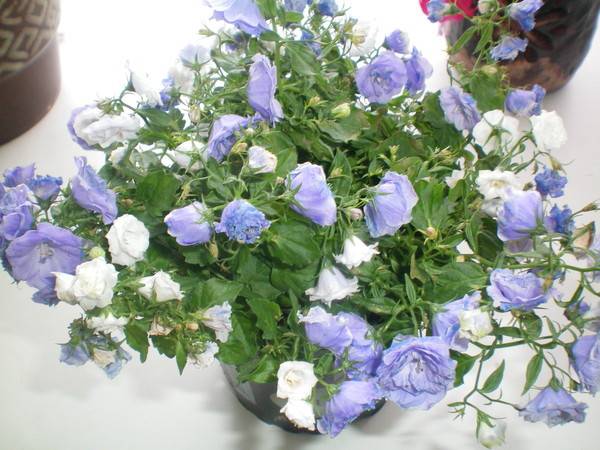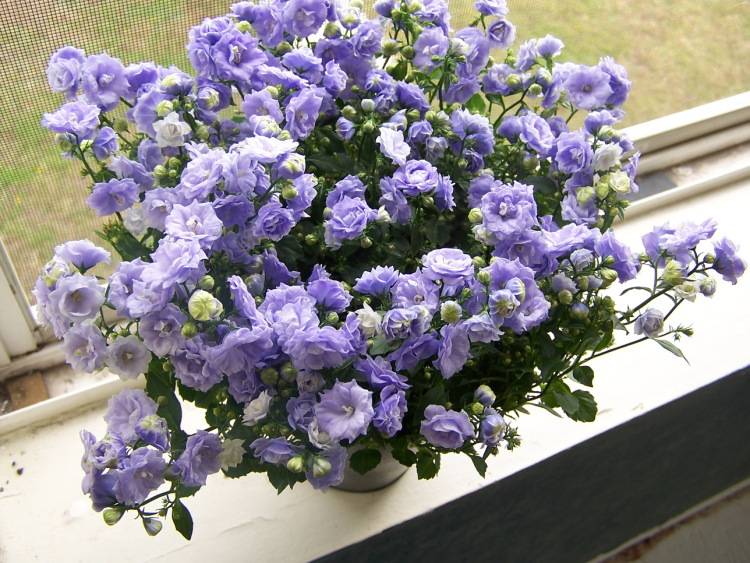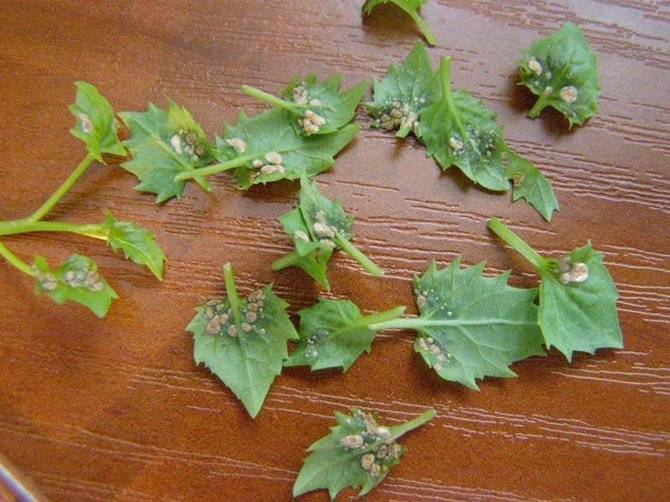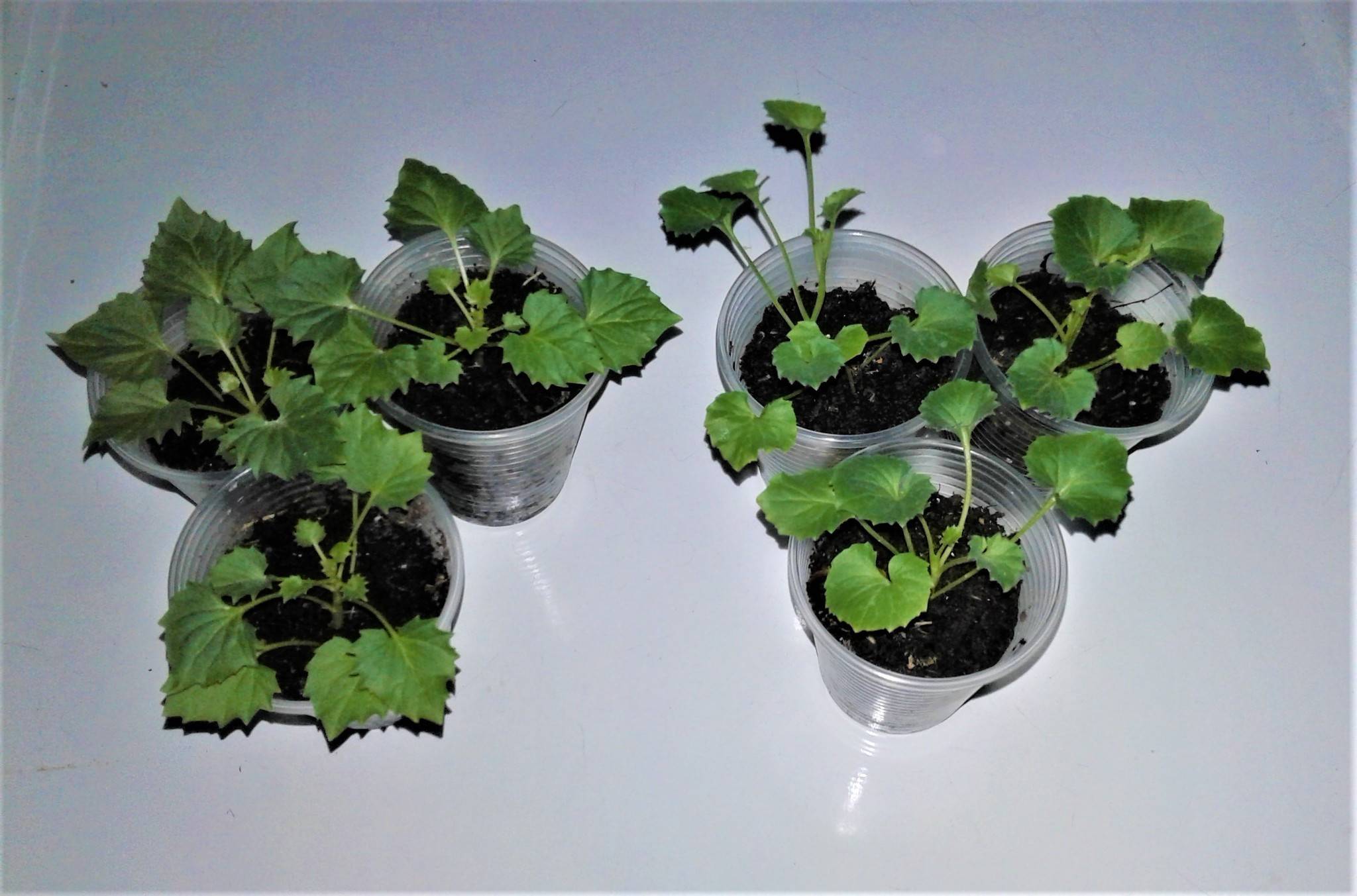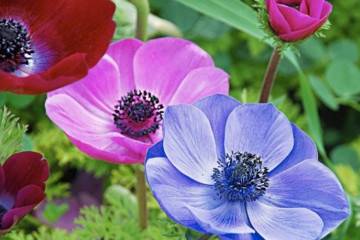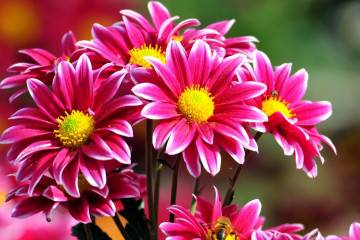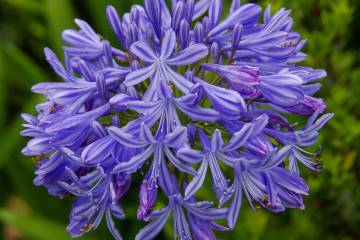Terry campanula - outdoor care
Content:
The campanula bell (campanula) is a house plant, attributed to the Kolokolchikov family. Because of the shape of the flower, the people often call it simply "bell". She is also known as Campanula Bride (White) or Groom (Purple). Why she got such a name, how to properly care for her and make her bloom - this will be discussed later.
Campanula terry bride: origin and types
Campanula in the open field grows in Central Siberia and the Caucasus, in Europe, somewhat less often in some southern parts of North America. It grows well in forest and steppe zones, desert and even mountainous areas.
Terry campanula is the result of hybrid selection of the Carpathian and spoon-leaved. It has double flowers, shades from white to dark purple. She has flexible, rather tender, thin stems. Flower lovers are also interested in its subspecies - mini terry campanula, with miniature leaves and flowers.
In general, on the windowsills of the country, you can find different campanula:
- Variegated - a herbaceous bush that grows up to 30 cm in height, with thin shoots hanging from a flowerpot. Perfect for an ampel slide - wide leaves and numerous flowers, white / blue.
- Campanula Maya or Carpathian is a perennial plant, the height of which can reach up to 30 cm, with basal leaves, large flowers reaching a diameter of up to 5 cm.The flower itself can be white or purple, pink or blue.
- Blauranka - it has a tall, large stem, light blue flowers. It grows well both in a flowerpot and in a flower bed. It is often used in landscape design, as well as decorating window sills and balconies.
These varieties can also be found in home gardens.
Outdoor care rules
Terry campanula on a personal plot, in the open field - a gentle, but very unpretentious plant. And both an experienced gardener and a beginner can grow it. The main thing is to follow the basic rules of care, to know which parasites can infect a plant, how to deal with pests.
Location and lighting
Terry campanula, high or low, is a photophilous plant, this should be taken into account when choosing a place for planting it on a personal plot. The only condition is that direct sunlight should not fall on it, otherwise it can provoke a foliage burn.
Home flowers are placed on the eastern and western windowsills, if this is not possible, they provide the plant with additional lighting. This is especially necessary for the two-color type of terry campanula - only under this condition the flower retains its bright shade.
Campanula tolerates temperature changes well, but it is optimal if in summer it will vary within 22-25 degrees.For domestic plants, the temperature in winter should not fall below plus 15, but also not exceed plus 18 indoors - this can provoke unwanted displacement of young shoots and weakening of the plant during the wintering period.
Soil and fertilizers
Planting and caring for the plant requires that the soil be loose and nutritious. It is optimal if peat and rotted foliage prevail in it. With regard to feeding - it is brought in during the growing season, the formation and knocking out of buds, flowers.
Fertilizer is applied every two weeks - a complex fertilizer for flowering plants from a store is quite suitable.
Watering and humidity
The peculiarity of this plant is that it can remain without water for a long time, up to 2 weeks. But in the hot summer months, it is worth providing regular watering, up to twice a day, in the morning and in the evening. The flower itself does not tolerate stagnation of water, both in the ground and in the pan of the flowerpot during home maintenance.
At home, in the winter months, watering is minimized - it is enough to add water to the flowerpot no more than 2-3 times a month. For irrigation, settled water is taken, always at room temperature, otherwise the plant will die.
Humidity as a maintenance condition is not too important for a plant - it perfectly tolerates dry air in a room. Nevertheless, periodic spraying will not harm the campanula, it will affect its development for the better.
Diseases and methods of dealing with them
Occasionally, Campanula can be affected by certain diseases and pests. How they manifest themselves and how to deal with them:
- Basal rot. Rot appears on the leaves and root part of the stem, the leaves begin to turn yellow. It is difficult to revive the plant - the damaged parts are removed, treated with chemical antifungal drugs.
- Spider mite. The foliage turns yellow and withers, in the future it dies and falls off, and a cobweb is visible on the back, back, side. It is best to wash the plant with soap and water and treat it, for example, with a drug such as Actellik. Prepare the solution according to the instructions and process it 2-3 times at weekly intervals. For prevention purposes, it is worth spraying the plant with soapy water.
- Shield aphid. Brown bumps appear on the foliage, the affected leaves turn pale, then dry out. To remove the scabbard, they are washed under running water with soapy foam.
These are the most common plant pests. To prevent their occurrence in the future, it is important to take into account a number of rules for successful prevention:
- new plants are kept in quarantine for at least a month in a separate room;
- it is important to regularly inspect the plant and identify diseases in the early stages;
- placing plants as far away from each other as possible, preventing infection and ensuring natural air circulation;
- it is important to ventilate the room every day, spray plants, remove dust;
- correctly observe the watering regime, use only clean flowerpots and steamed soil for planting.
Also, for prevention, it is worth periodically adding potassium permanganate to the water, getting a weak solution of pale pink color.
Problems when growing campanula
If we talk about the problems that may arise in the process of growing and caring for a plant, experienced gardeners highlight the following points:
- foliage turns yellow and fades - most likely, the reason lies in the wrong choice of place for the plant, therefore it is worth protecting the flower from direct sunlight or finding a more comfortable place;
- with a lack of light, a short daylight hours - the plant will stretch out branches, lose its decorative qualities, and here it should provide additional lighting;
- if the leaves wither on the bushes, this is not a sign of a lack of moisture, but on the contrary, too frequent and abundant watering, which should be tempered.
These are the most common and common problems that beginner growers may encounter.
Growing by cuttings
If we talk about propagation by cuttings - the description of the technique provides for a cut of the shoot from the mother bush, with 2-3 leaves. It is placed for 8-10 hours in a weak, pale concentration, a solution of potassium permanganate and then put in clean water, keeping until the first roots appear.
The soil is prepared from peat and sand in equal proportions, rooted cuttings are planted in it to a depth of 2-3 cm, covered with a film. The cuttings are sprayed periodically, at least once a week, until they are completely rooted.
How to make campanula bloom
Their flowering period occurs in May-June, lasting several months, gradually fading away by autumn. To stimulate the formation of new buds, systematic plucking of old, withering flowers from the bush is carried out.
If the bush does not bloom in any way, it is important to provide it with a preliminary dormant period by placing it in a cool place, for example, a basement, or taking it out onto a glazed balcony. At the same time, it is important to provide him with bright and long-term illumination, if it is winter, turn on the artificial lighting lamp.
Campanula after flowering: dormant period
At the end of the period of active flowering, the plant should be provided with rest, from about September to early March. During the rest period, it is worth observing the following recommendations:
- in October, they carry out sanitary pruning of the bush, removing dry shoots and leaves - this will allow the root system to retain a maximum of nutrient components and please with abundant flowering in the spring;
- in December, shoots are trimmed, cutting them to a height of 12–15 cm, keeping the plant vigorous until spring;
- in March, shoots that have stretched out over the winter are pruned to a height of at least 5 cm above the ground.
Also, during the dormant period, it is worth reducing watering - it is carried out once every 2 weeks, moving the plant itself to a cool room, with sufficient lighting, but away from heat sources. Top dressing is not applied during the dormant period, thereby not stimulating the awakening and growth of flower shoots.
In conclusion, it can be noted that terry campanula is not just a beautiful plant, but also a flower that brings prosperity and joy to the house. True, provided that it is properly cared for.
